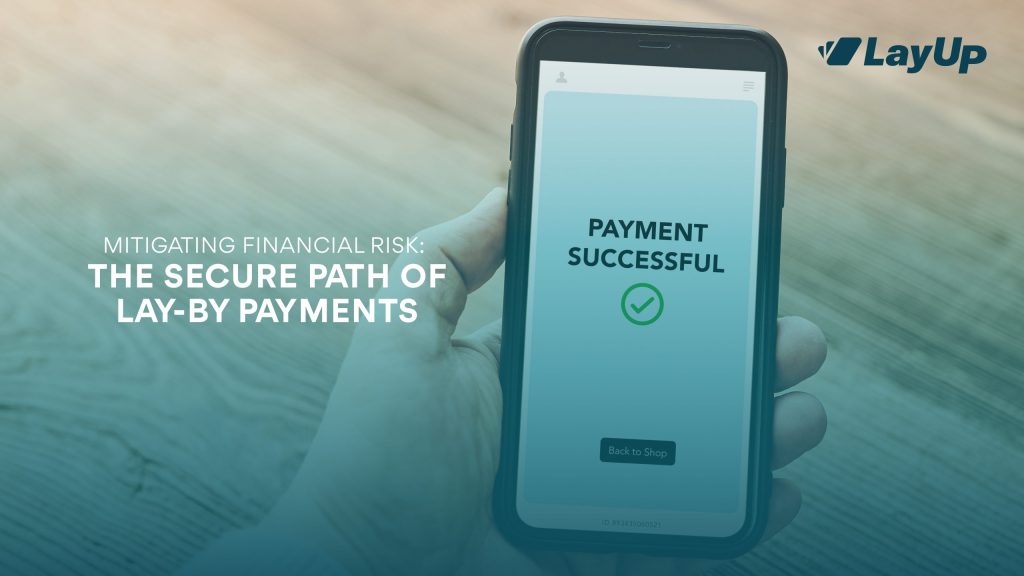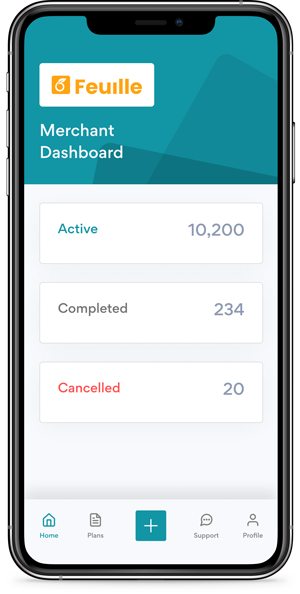Traditional banks face a significant transformation fuelled by fintech companies, tech giants, neo-banks, and challengers. These disruptors reshape our views on money, banking, and transactions, urging traditional banks to adapt or face obsolescence. As a result, businesses and consumers are looking for secure and reliable transaction strategies in this evolving landscape.
Financial risk is one of the major concerns of every business across fields and geographies. Lay-by payments, often underestimated, have emerged as a robust solution. Delving into the realm of lay-by payments, let’s explore how this age-old method offers a secure and risk-mitigating alternative for both businesses and consumers.
Seeking Security in Transactions
As the financial industry undergoes this transformation, the need for secure and reliable transaction methods is paramount. Businesses and consumers alike are actively exploring alternatives that not only provide financial security but also adapt to the modern, dynamic environment. This is where lay-by payments step into the spotlight.
The Resurgence of Lay-By Payments
Lay-by payments, often considered a relic of the past, have reemerged as a formidable player in the realm of secure financial transactions. This method, rooted in simplicity, allows consumers to make payments in instalments before receiving the purchased product or service. The beauty of lay-by payments lies in its ability to mitigate financial risk and streamline processes.
READ MORE: Financial Inclusion in the Digital Age: The Role of Lay-By Payment Solutions
Mitigating Risk for Businesses
For businesses, lay-by payments offer a steady and predictable cash flow. By allowing customers to pay in instalments, businesses can better manage their revenue streams and reduce the risk associated with large, one-time transactions. This not only enhances financial stability but also opens doors to a broader customer base.
Empowering Consumers
On the consumer front, lay-by payments provide a budget-friendly alternative to traditional credit options. This approach allows individuals to make purchases without the burden of high interest rates or immediate full payments. It aligns with the evolving preferences of modern consumers who seek flexibility and financial prudence – essentially, a save now buy later paradigm.
READ MORE: The Pros and Cons of “Save Now, Buy Later”
Amid financial industry disruptions, lay-by payments emerge as a secure and adaptive solution for mitigating risks on both sides of the transaction. As businesses and consumers continue to navigate the changing financial landscape, the resilience and simplicity of lay-by payments position them as a valuable tool for promoting financial security and fostering a more inclusive economy.
By understanding and harnessing the security features embedded in lay-by systems, both consumers and businesses can benefit from a reliable and risk-mitigated transaction experience.

